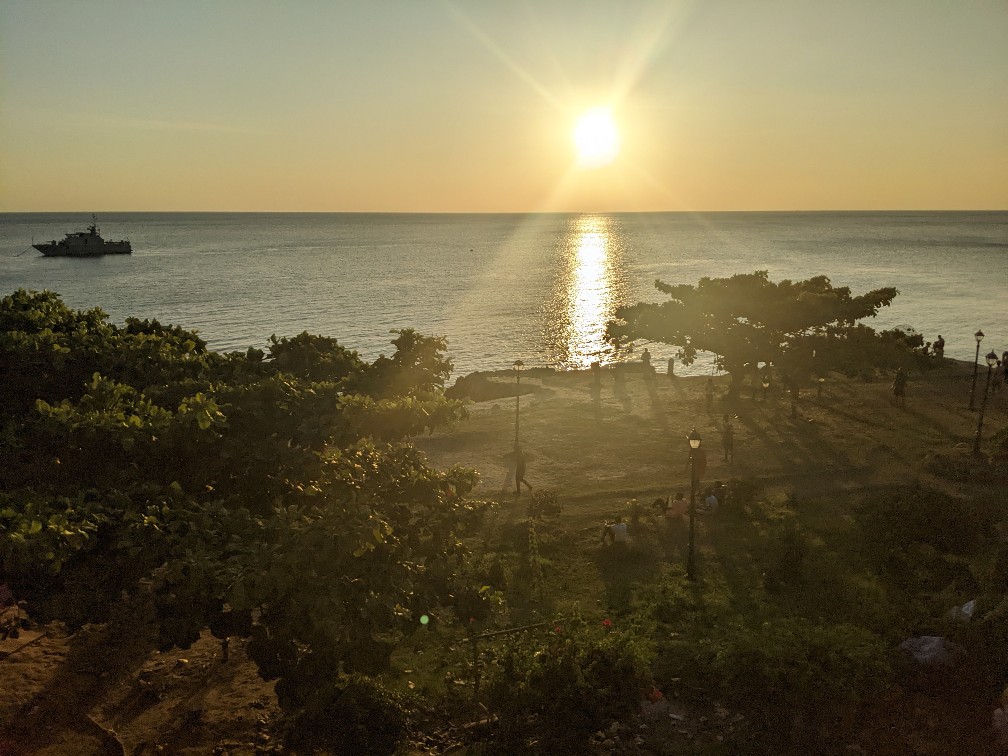We started the day with a walking tour of Stone Town. Ali had told us not to walk in the alleys at night so we had generally avoided them. He took us into the alleys and it was like a whole new world. It reminded me of Venice with all these cute narrow walkways. We learned to about doors. Historially doors were a sign of wealth. The doors were heavily carved often with chains along the door frame. The ones with chains either had a single, double or tripe chain which represented how many slaves you owned. Some doors had verses of the Quran over them. The square door frames were Arab and the one that had a rounded portico over the door were Indian. Many of the doors had large metal spikes (that were dull at the end). This design came from India were the spikes were used to prevent the elephants from trying to enter. Many of the restored buildings had traditional Indian balconies. The construction was plaster over stone. If the plaster is not well maintained mold grows under the plaster and delaminates it.

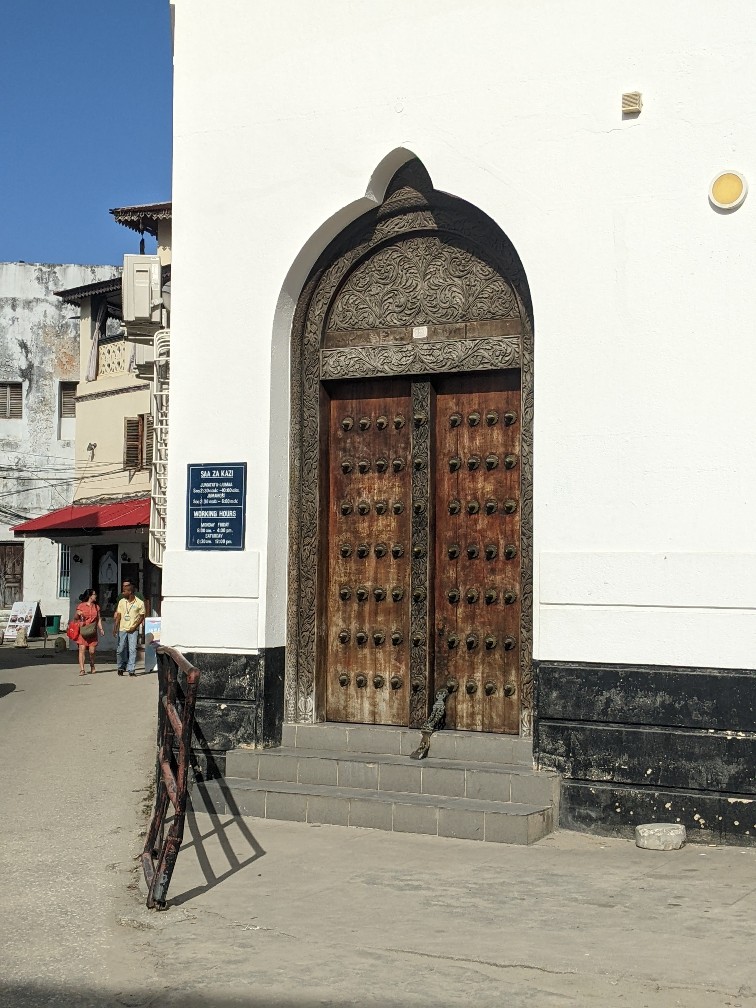
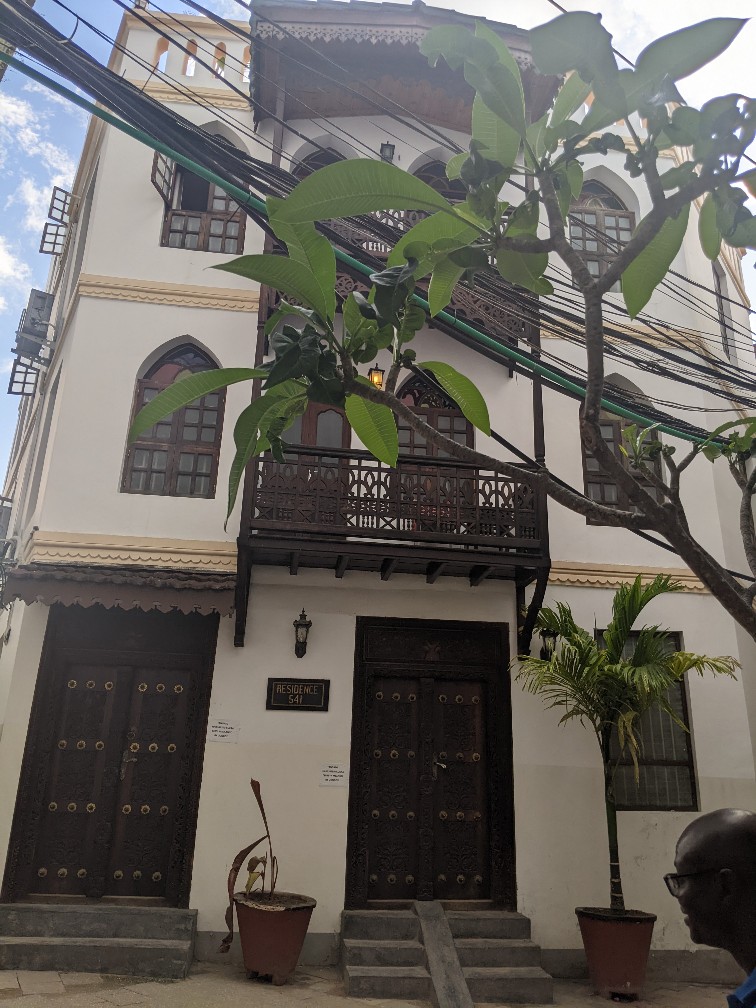
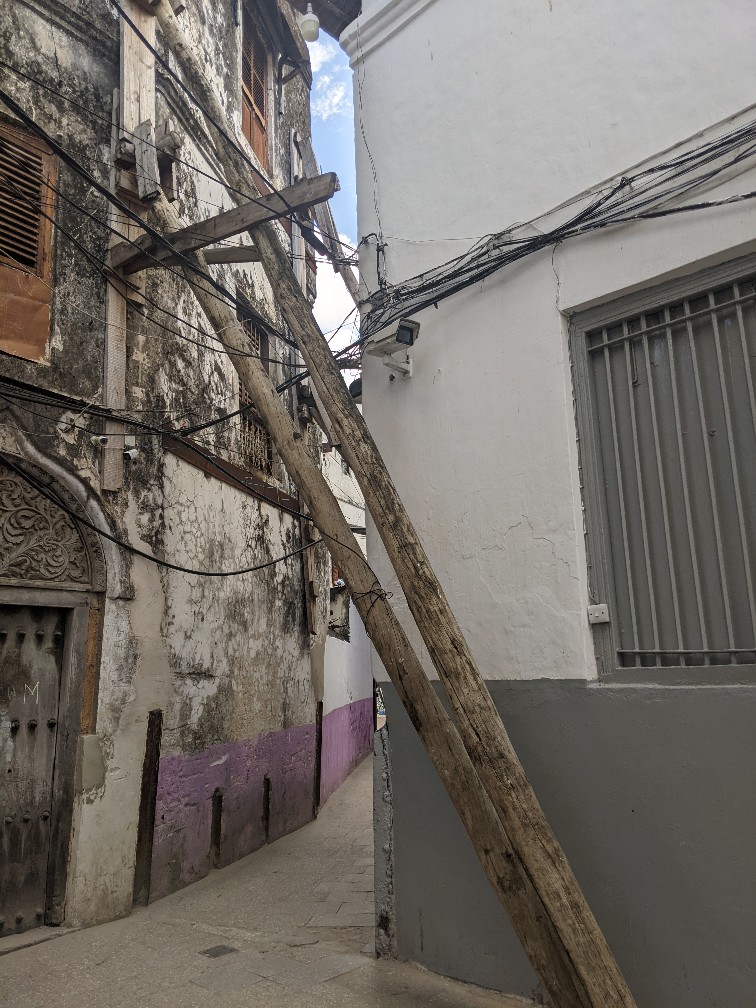
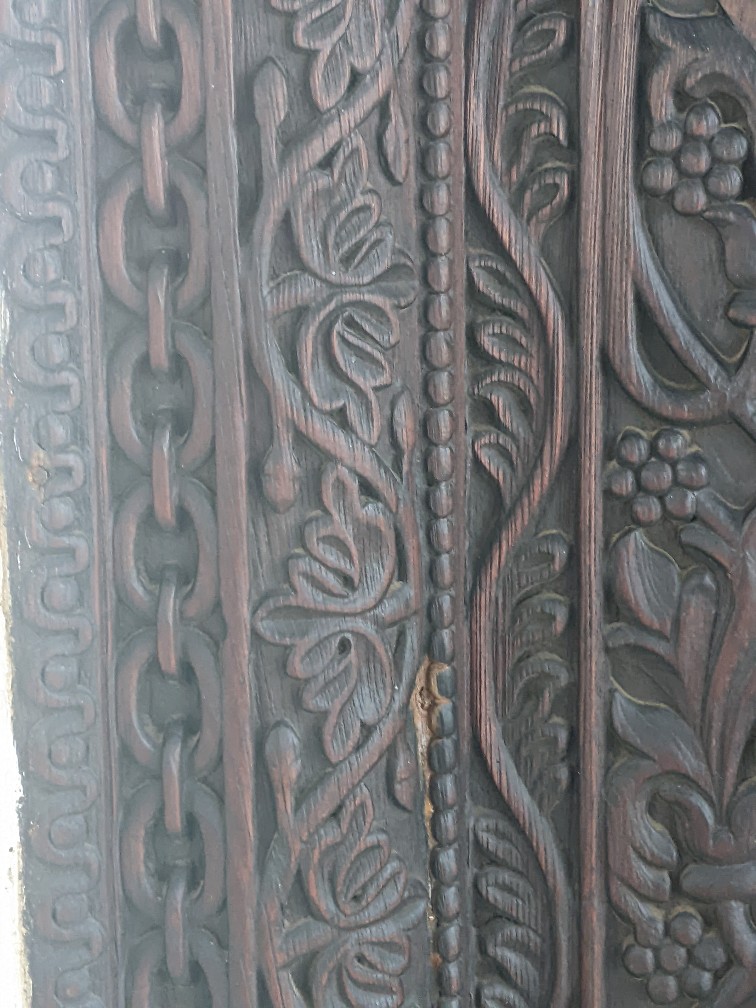
The next stop on our tour was the Anglican Cathedral. Zanzibar was part of Oman in the late 17th century and at one point was the capital of Oman. It was during this period that the slave trade was in full swing. Livingstone came to Zanzibar and saw the slave trade. When he returned to England he reported what he had seen and the English decided to come and shut down the sale trade. It officially end in 1873 but unofficially didn’t end until 1907. The Anglican Cathedral was built over the old slave market as a way to “purify” the space.
An aside…from Wikipedia…
Sir Henry Morton Stanley (born John Rowlands; 28 January 1841 – 10 May 1904) was a Welsh explorer, journalist, soldier, colonial administrator, author and politician who was famous for his exploration of Central Africa and his search for missionary and explorer David Livingstone, whom he later claimed to have greeted with the now-famous line: “Dr. Livingstone, I presume?”. Besides his discovery of Livingstone, he is mainly known for his search for the sources of the Nile and Congo rivers, the work he undertook as an agent of King Leopold II of the Belgians which enabled the occupation of the Congo Basin region, and his command of the Emin Pasha Relief Expedition. He was knighted in 1897, and served in Parliment as a Liberal Unionist member for Lambeth North from 1895 to 1900.
More than a century after his death, Stanley’s legacy remains the subject of enduring controversy. Although he personally had high regard for many of the native African people who accompanied him on his expeditions, the exaggerated accounts of corporal punishment and brutality in his books fostered a public reputation as a hard-driving, cruel leader, in contrast to the supposedly more humanitarian Livingstone. His contemporary image in Britain also suffered from the inaccurate perception that he was American. In the 20th century, his reputation was also seriously damaged by his role in establishing the Congo Free State for King Leopold II. Nevertheless, he is recognized for his important contributions to Western knowledge of the geography of Central Africa and for his resolute opposition to the slave trade in East Africa.

Slaves were brought from all over eastern African to Zanzibar to be sold. They were held in small unground cells that would often flood with sea water during high tide. When it was their turn to be sold they would tie them to a tree and whip them so the potential buyers could see how strong they were. The floor of the church shows where the tree stood and has red marble to represent the slave blood spilled there.

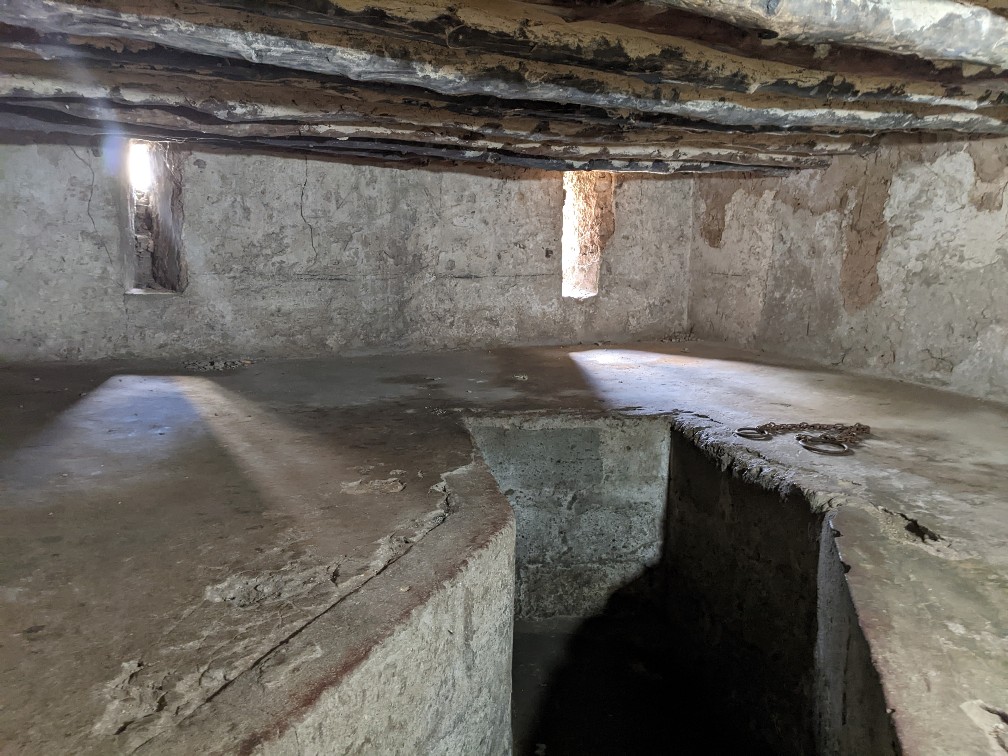
There was a slave museum associated with the church which provided more history. It was all very overwhelming. One important thing that we learned was that slavery is still very alive today and there ware between 21 and 36 million people living in modern day slavery today, more than were seized during the entire African slave trade. The International Labour Organization (ILO) estimates that illicit profits of forced laborto be $150 billion a year
Other random historical facts: Tanzania was communist for many years. Communism fell in the early 90’s and that’s when it opened up to the world. Ali said everything, including food was very limited during the communist era.
Another random fact: Fred Mercury was born in Zanzibar so there is a museum in his name. We didn’t go there.
After the church and slave market we went to the regular market. The government is building a new market so portions of it were on the street. We started with the octopus and fish markets which, as with other third world markets, there was no refrigeration and a lot of flies. All the fish vendors were together and I asked Ali how he picks who to buy from. He always buys from the same man. He know that his fish is fresh and won’t make him sick. This vendor builds loyalty by extending credit when you don’t have enough money or adjusting the price if you are a little short.

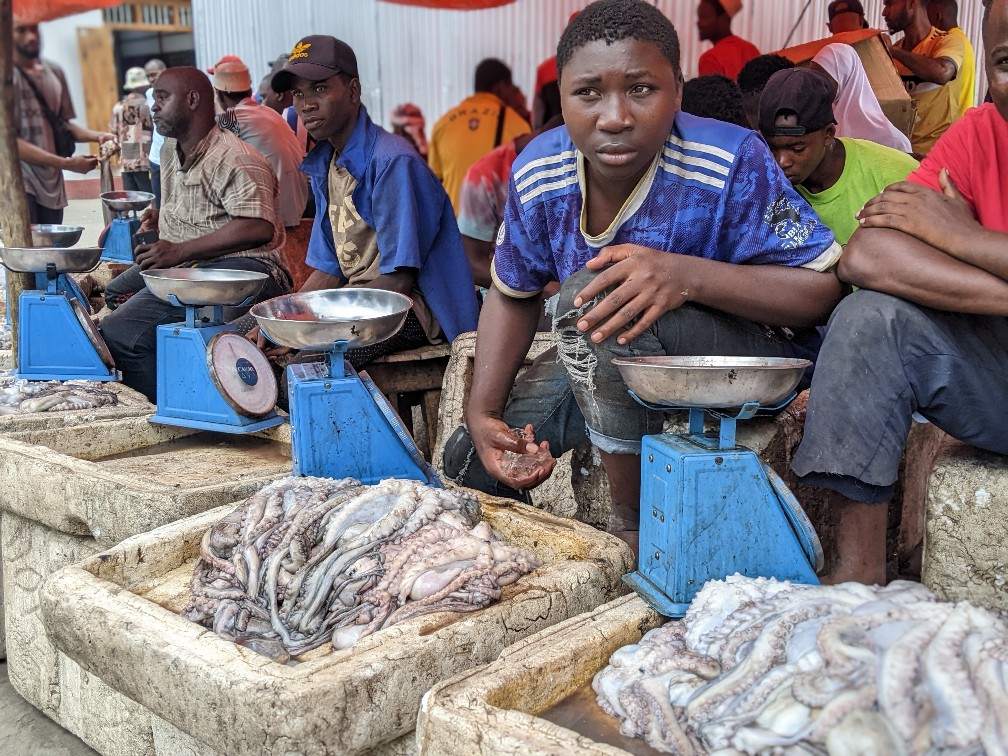
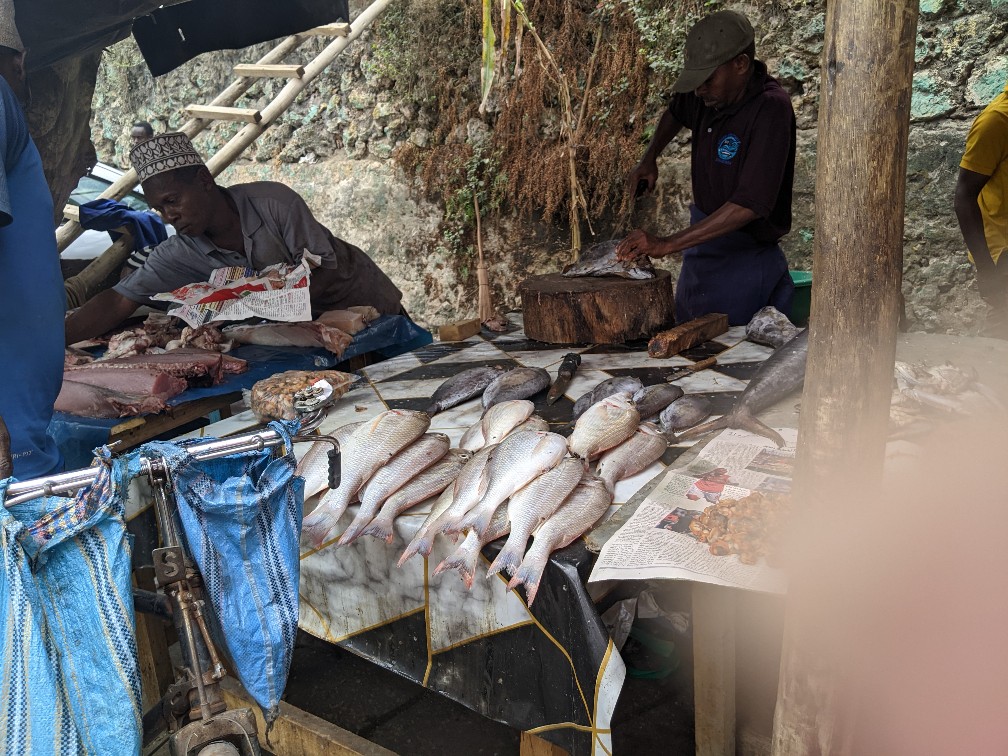
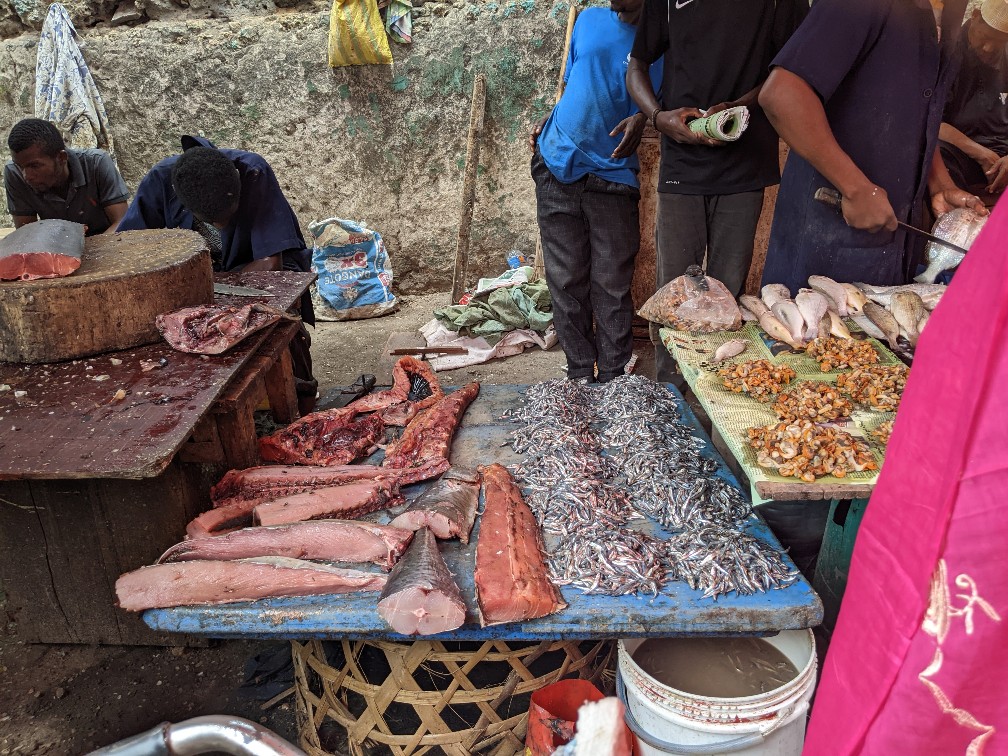
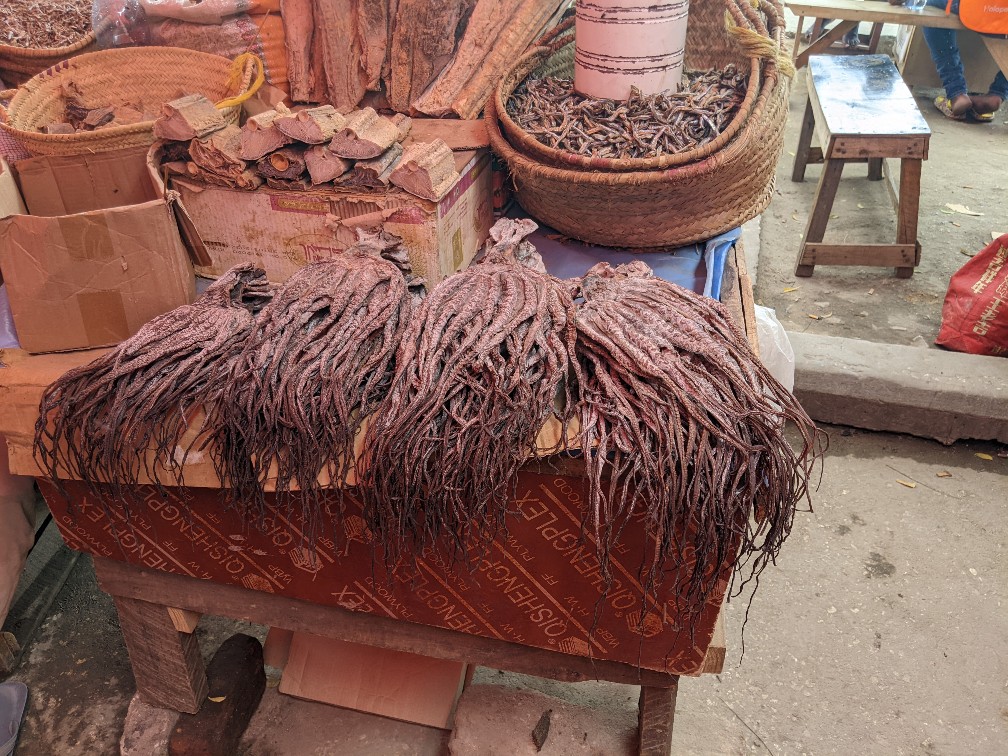
Next stop the chicken market where you can buy your chickens alive or if you want to eat it soon they will kill it and clean it for you. Ali rarely eats chicken because it’s quite expensive, about $12/chicken.
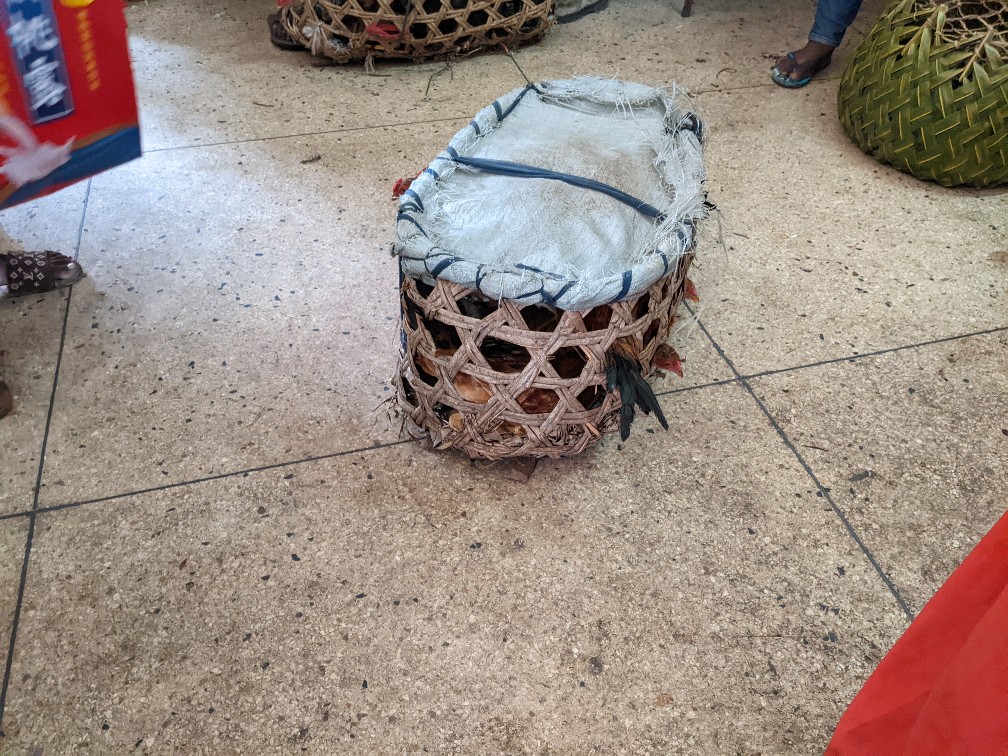
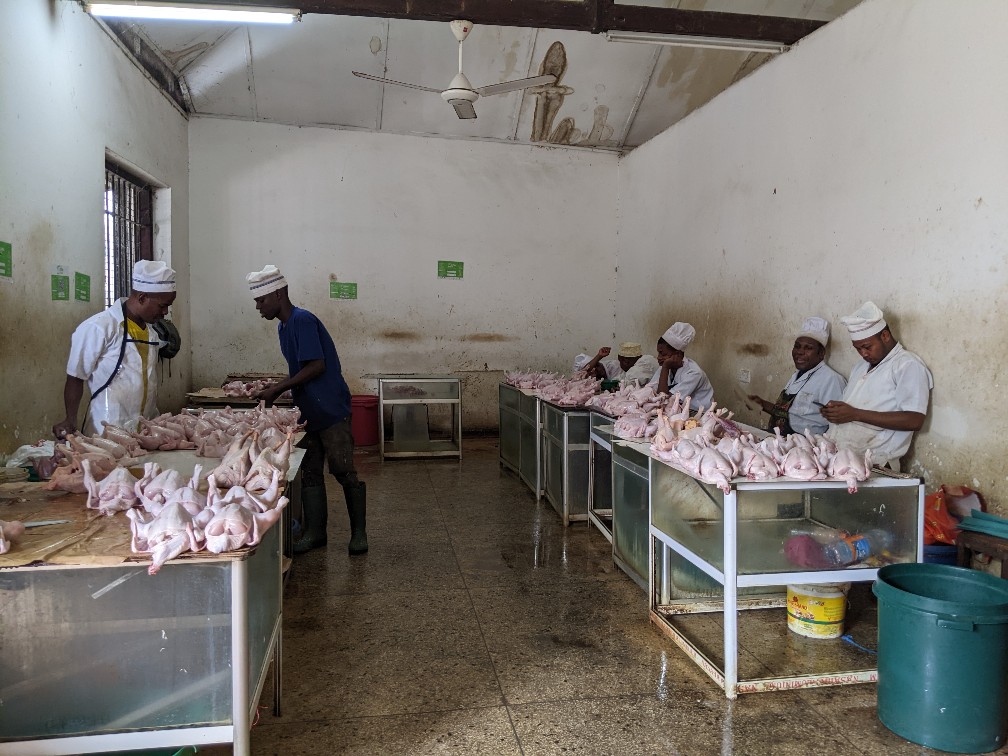
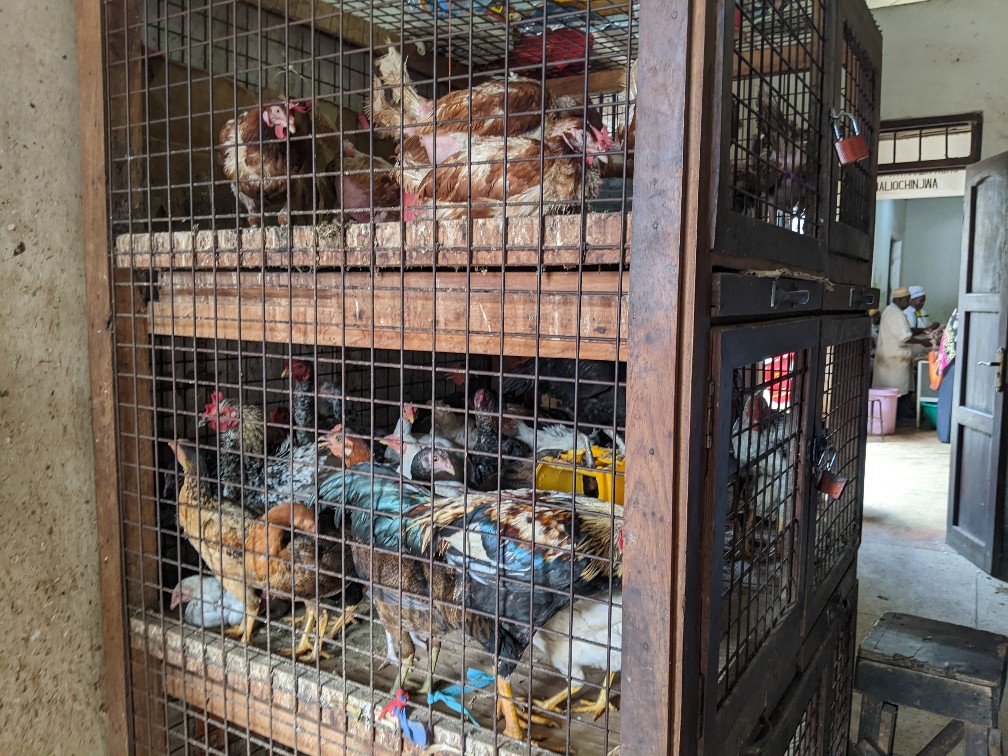
We then walked through the streets and to the palace of the Sultan Seyyid Said from 1828 until it was largely destroyed by the British bombardent in 1896. It was rebuilt and used until the 1964 revolution when the last sultan was overthrown. It was renamed the People’s Palace during the communist period. It used to be open as a musuem, but it is unstable and therefore closed. We went into the Old Fort that was built by the Omani after expelling the Portuguese in 1699.
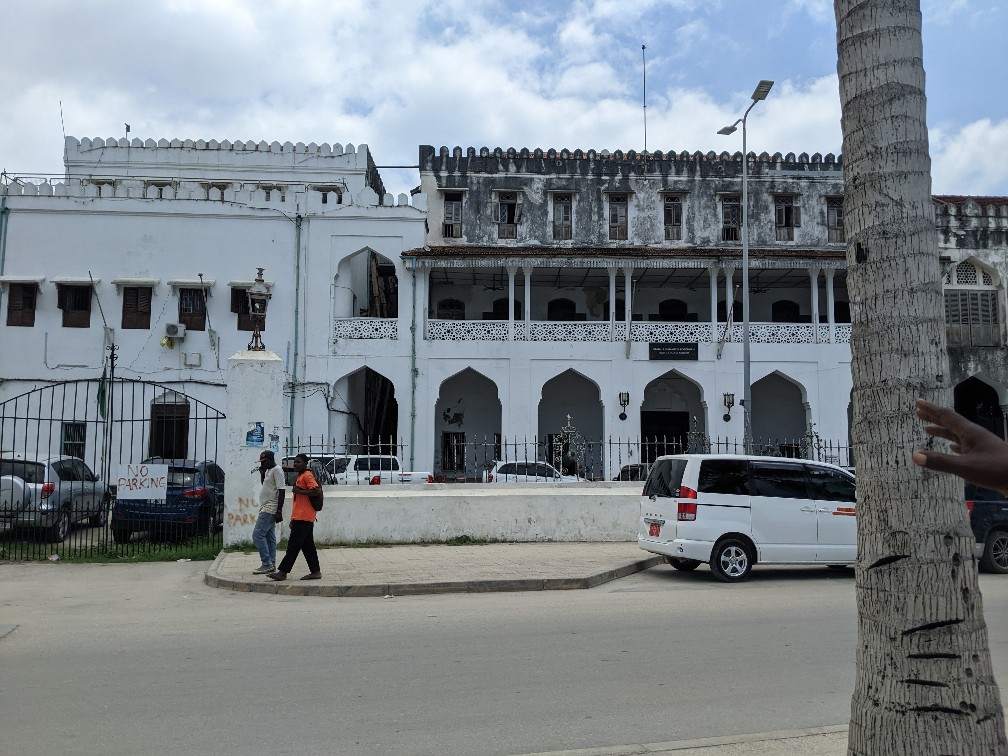
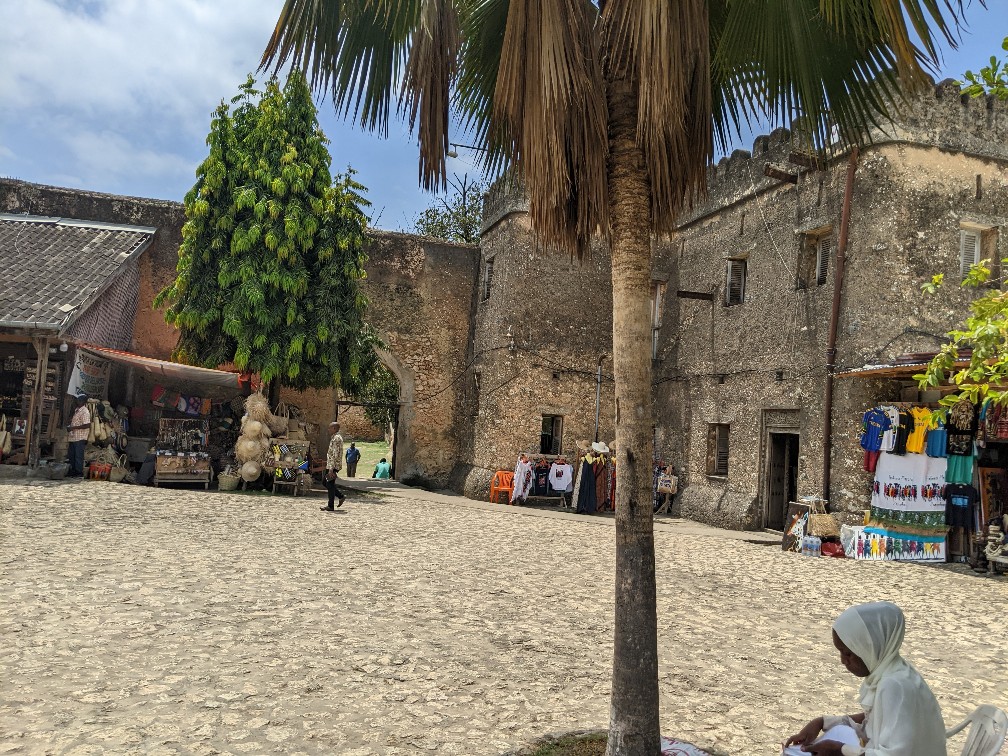
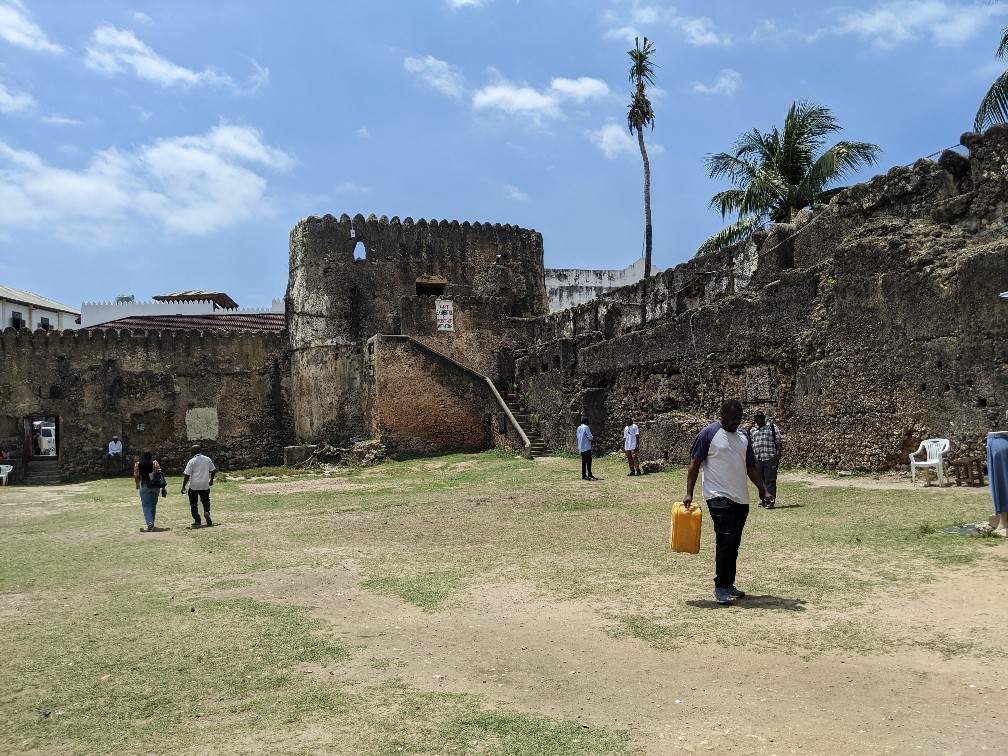
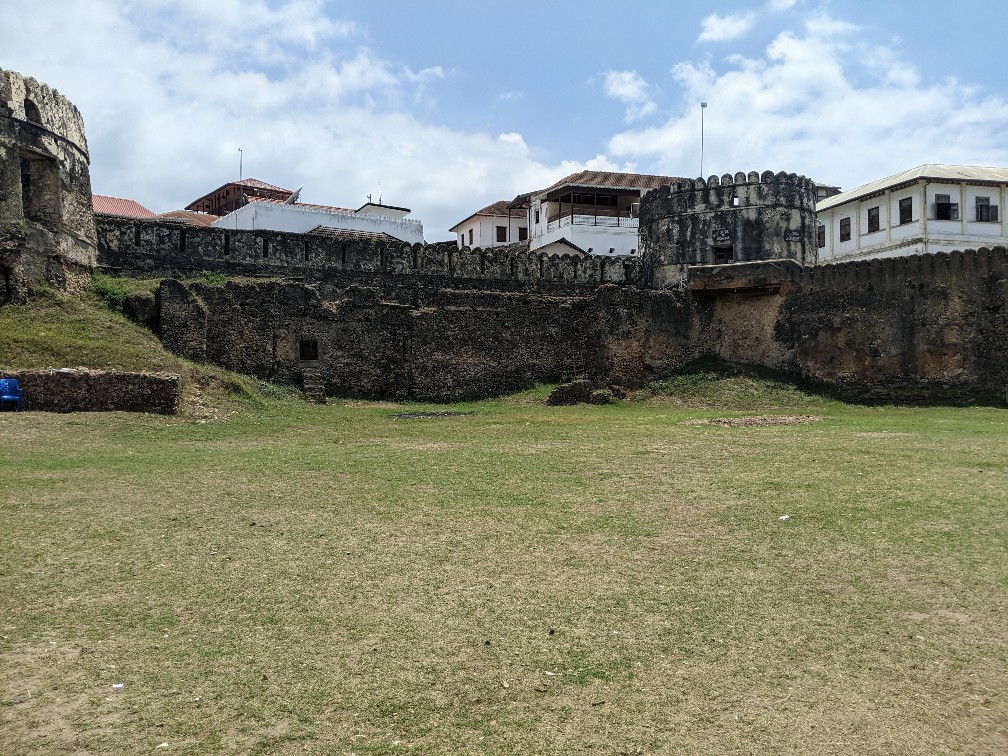
We then went to lunch at our favorite restaurant. Rick worked on his presentation for the sailing club that afternoon. That evening we went to the Africa House to watch the sunset and to have a drink. The Africa house was where the English congregated in colonial times.
